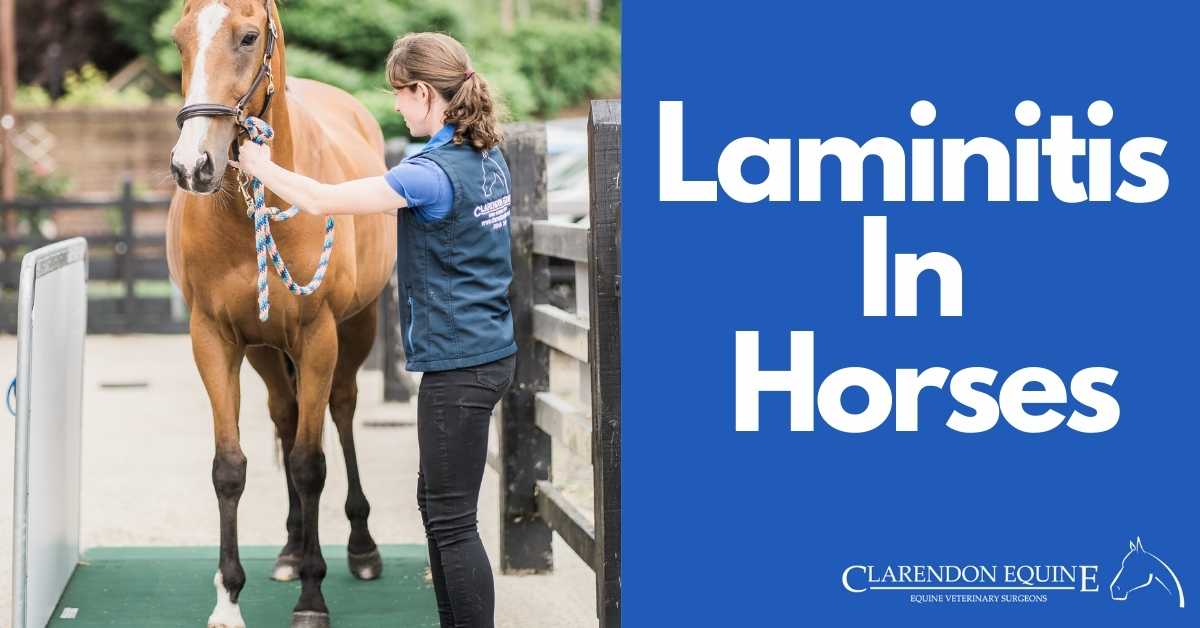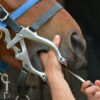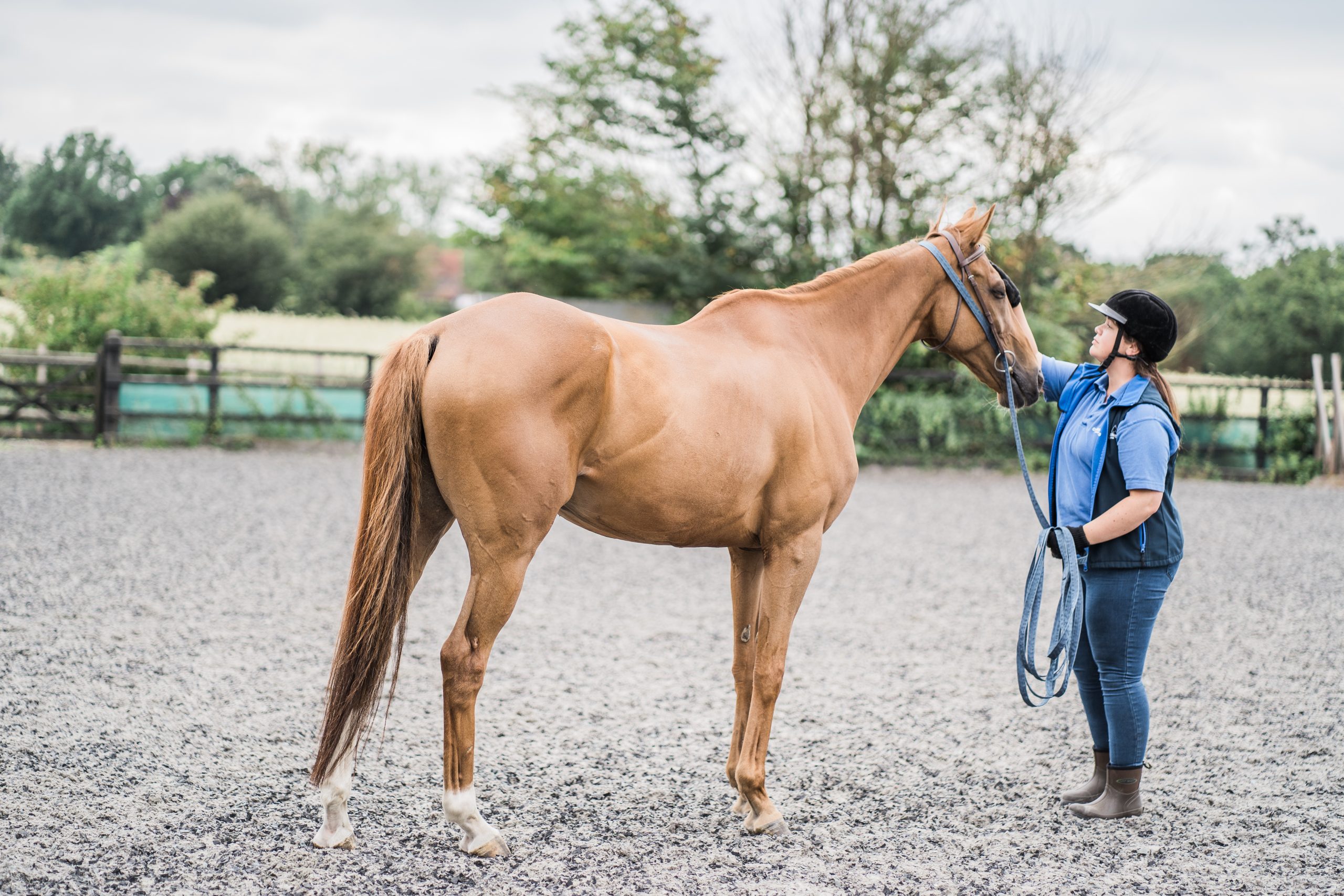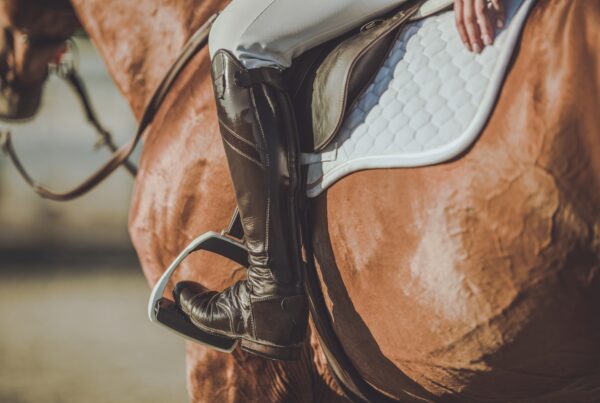Laminitis is a widespread disease among horses, affecting every breed of horse, pony, donkey at any time of the year. It is a painful and potentially crippling disease that can be fatal to horses. And if it gets worse, the horses have to be euthanised. According to experts, it’s highly likely that one in ten horses is affected by laminitis every year. Sounds rare, but, you never know when your horse will be affected by this.
Hence, we will discuss what causes laminitis in horses and its signs and symptoms. We will also discuss treatment and prevention so you know when to take action and how.
How Does This Affect Horses?
This disease affects the sensitive laminae of the horse’s feet(hoof). The sensitive laminae form a solid joint to hold the pedal bone in place within the hoof. Laminitis causes these sensitive laminae to stretch, weaken, and damage. It results in the pedal bone moving, sometimes rotating within the horse’s foot or hoof and dropping through the hoof sole, which can cause excruciating pain.
As the horse stands and attempts to walk using its feet, the pedal bone’s tip is penetrated through the sole and causes extreme pain. Laminitis is considered to be a veterinary emergency. So seek aid immediately if you suspect your horse might have it. Call or book a schedule with an emergency equine vet near you to get immediate help.
What Causes Laminitis In Horses?
Laminitis may occur for different reasons. And they have different treatments.
Some common causes of laminitis include:
- It is a consequence of an underlying hormonal disorder or an inflammatory condition. Hormonal disorders such as Equine Metabolic Syndrome (EMS) and Pituitary Pars Intermedia Dysfunction (PPID, or equine Cushing’s disease) contribute to laminitis.
- Overfeeding is one of the significant causes of laminitis. Many don’t realise that they can prevent Laminitis if they just control the amount of food they give to the horses.
- If the horses have a previous history of Toxaemia-associated disease with infections, especially bowel infections, it increases the likelihood of being affected by laminitis.
- Some horses have bad reactions to certain drugs. For example, corticosteroids and antibiotics for severe injury, which can cause laminitis. Also, increased weight-bearing can cause fracture or joint infection on the opposite limb, resulting in laminitis.
- Neglected feet or poor trimming and shoeing can cause laminitis among horses.
- Excessive concussions due to fast exercise on the ground can cause laminitis.
- Drinking a large quantity of cold water after being overheated can cause laminitis.
- Digestion problems due to overeating or sudden changes in diet can cause laminitis in horses.
- High fever, other illnesses, or severe metabolic disturbances can cause laminitis.
- Excessive weight-bearing on one leg due to another leg injury can cause laminitis
- Bedding systems that contain black walnut shavings can cause laminitis.
- Severe colic is another reason for laminitis.
- Diarrhoea can sometimes cause laminitis in horses.
- Retained placenta is also to blame.
- Severe pneumonia is also found to cause laminitis in horses.
Symptoms Of Laminitis In Horses
There are mainly three types of laminitis seen in horses. Mild, acute, and chronic. Laminitis cases range from mild to severe. Once the laminae begin to separate from the pedal bone, the chance of getting a favourable diagnosis for an athletic horse decreases. In the most severe cases, laminitis results in the horse being euthanised. However, the horse may have a partial to complete recovery if treated early. Contact a reliable local equine vet to identify symptoms more precisely.
Common signs of acute laminitis include:
- Inability or reluctance to walk or move forward and may lie down, unwilling to get up
- Lameness, usually in the two front feet, or stiffness and settling on the back feet to take pressure off the front feet
- Increased digital pulses felt at the back of the fetlock.
- Difficulty making a tight turn or walking on a hard surface.
- Excessive heat in the feet
- Shifting weight from one foot to another when resting
Common signs of chronic laminitis include:
- The horse will show symptoms resulting from relapses of previous attacks.
- There’ll be rings around the hoof wall. And it indicates that the horse has a history of suffering from laminitis.
- An outgrown heel that surpasses the toe. You’ll notice widened white line of the hoof as well.
- The horse will have a large crest running along its neckline.
If there are no signs, radiographs can reveal rotation of the coffin bone or changes in the distal aspect of the coffin bone, which is suggestive of chronic laminitis.
Treatments of Laminitis In Horses
As you know what causes laminitis in horses and symptoms, don’t be late for the treatments. The sooner you start the treatment, the better the horse’s chances of recovery. Treatment may include the following:
- Initial treatment involves restricted movement, pain relief, and appropriate foot support
- Once stabilised, therapeutic shoeing/trimming and diagnosis, treatment, and management of any hormonal disorders.
- Carefully manage your horse’s diet, exercise, and foot care.
- Diagnose and treat the primary problem that caused laminitis in the first place.
- Tending mineral oil via a nasal tube removes the horse’s digestive tract, especially if the horse has overeaten.
- Administering fluids if the horse is dehydrated.
- Administering drugs to reduce bacterial toxicity and blood pressure while improving blood flow to the feet.
- Set the horse on soft ground and encourage it to lie down and reduce pressure on its weakened laminae.
- Open and drain any blister that may have developed.
- Consult with the veterinarian and farrier to find helpful techniques, including hoof clippings or therapeutic shoes or pads.
Also Read: Horse Vaccination Schedule UK
Prevention And Management Of Laminitis
The old saying “prevention is better than cure” is valid for laminitis. Here’s how you should ensure proper management to prevent laminitis in your horses:
- Avoid overfeeding or irregular feeding of grain or starch. Ensuring your horse or pony is the right weight is essential to prevent laminitis and avoid unintentional weight gain. It can be challenging to notice our horses gaining weight when we see them every day, which is why regular weight monitoring and fat scoring are so important.
- Use equine tape to measure your horse regularly. It will tell you if your horse is gaining or losing weight and allow you to adjust its management accordingly.
- Increase starch digestion and reduce starch reaching the hindgut by feeding at least two small meals per day rather than one large meal. Limit starch intake to a maximum of 0.2% – 0.4% of body weight or 2-4 grams of starch per kg.
- Horses with a previous history of laminitis are at a significantly increased risk of further attacks. So being careful in your management and preventing your horse from suffering an attack of laminitis is the best way to protect them in the first place.
- You should be very careful before giving your horses access to grass fields during the spring and autumn
- Reduce the consumption of sugars from lush forage.
- Gradually increase turnout time by 30 minutes over several weeks.
- Use grazing muzzles on the horses prone to get fat on grass fields.
- Use precautions during late summer and early fall when heavy rains simulate spring conditions.
Conclusion
Now you know what causes laminitis in horses and the symptoms, treatment, and preventions for laminitis. Hope you benefit from implementing the learnings and hopefully prevent laminitis from causing harm to your horses. Read other helpful blogs to learn more about horse care.








